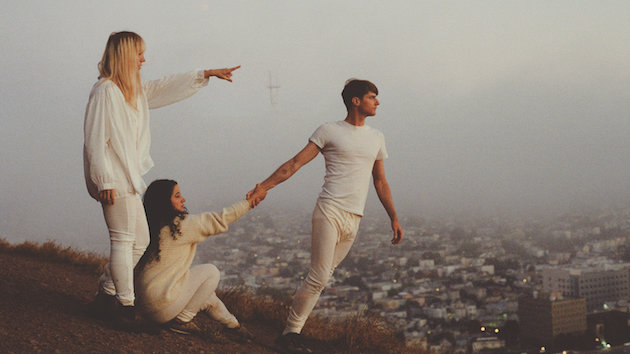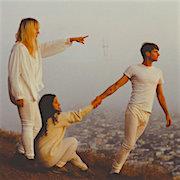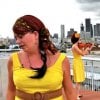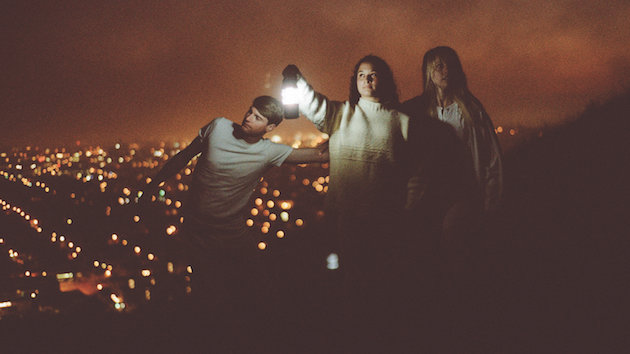
Eric Garcia wants you to fall in love all over again. To do that, he directs people disillusioned with San Francisco and the Mission District in particular to look beyond gang action, crime rates, construction projects, cliche portrayals, and gentrification that has sent housing prices into the stratosphere. By digging into Mission District history and on-street reality, Garcia expects residents will once again — or for the first time — become over-the-moon enamored with the place.
Together with co-director Kat Cole and the 13 performers in Detour Dance company’s world premiere, Fugue, Garcia says the site-specific work is a portal. To unlock the Mission District’s promise, mysteries, and secrets — especially the history of queer people of color — is to reveal a culture that is fundamental to the contemporary landscape of the colorful, diverse San Francisco some people fear is lost forever.
Fugue’s content features the contributions of playwrights Lourdes Figueroa, Baruch Porras-Hernandez, and Brian Thorstenson, along with community interview transcripts gathered from longtime and present-day residents, video documentation from the archives of San Francisco’s GLBT Historical Society, and dance/theater direction by Garcia and Cole, assisted by El Beh and Wiley Naman Strasser. The artistic team includes, in addition to the cast, set designer Daniel Garcia, lighting designer Delayne Medoff, composer Brent Arnold, sound designer Teddy Hulsker, and costume consultant Christine Crook.
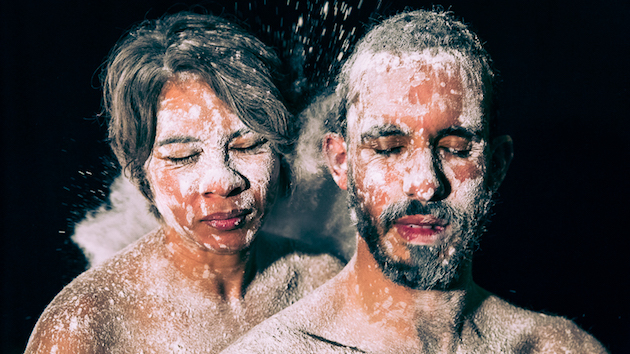
The number of people involved in the multidisciplinary work’s creation is notable not because it is enormous, but because it is just the beginning. The audience and people in San Francisco who have no awareness of Detour or the performances will play major roles in Fugue. The weather, construction projects, traffic both pedestrian and vehicular, shopkeepers, animals in parks, the homeless — the list of contributors is endless and partly unpredictable.
The production begins at Holy Innocents Episcopal Church on Fair Oaks Street. The audience — limited to 40 at each of ten performances — will be divided into small groups consisting of five audience members and one performer/guide. The pod-like groups will each follow one of eight routes or “tours” designed by the directors to highlight unique aspects of Calle 24 (the 24th Street corridor) and nearby areas. A 30-minute, sit-down performance in the round at Studio 210 on Cesar Chavez Street congregates the audience and performers in one location at the end.
“We can call it a hope: that with the idea of small intimate groups walking through the Mission, there’s a way they will blend into the community,” says Garcia. “The city will be the major character. It’s a reimaging and falling in love with San Francisco. The language I hear from people is that it sucks and people want to move out. How can they fall back in love?”
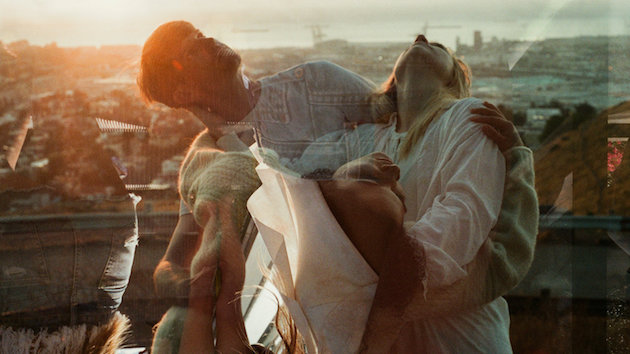
During two years developing the work, the directors and playwrights scanned historical maps, searching for queer-specific places like bars, stores, and public art murals. “The queer community put fliers and newsletters out about where cruising or nightlife was happening.” Garcia says. “They’re literally dotted with red marks. There are books from the ’70s and ’80s that show the maps and places. That was the beginning. Then, people living in the Mission for a long time, they would tell us about other places.”
The accumulated archives and current information are filtered through a lens that targets what it means to be a queer person of color in a neighborhood that is most often described as Latino. Garcia and Cole believe that in books and other media, undertold Mission stories are obscured by more-often shared Castro stories about white people. “What about queer people of color? How did they meet? What are their stories?”
On each tour, including one designed specifically to be accessible for people with disabilities, performer-guides deliver monologues or “scripts” cued by the locations they visit. Of course, as with any location-specific work, there are variables. A construction project recently popped up, altering one of the mapped routes. “We’ve also come across during our rehearsals, people that have put a wrench in our plan. If there’s a group hanging out on a corner, we discovered they may join in. It’s OK, because we don’t have a limited bank of words. If someone random comes up and we don’t have a script for that interaction, it’s not like we don’t know what to do.”
The novelty is intentional — and intimidating. “The biggest thing is the idea of surrender,” says Garcia. “Within a theater, you have so much control. Placed on the street and open, there’s literally a lot I have to give up as a director. There’s beauty and frustration in that.”
There’s also opportunity and clarification. Working on Fugue has affirmed the company’s mission to make community-based theater. It has allowed the creative team to see and describe a utopian, nostalgic vision of a 50-years-ago Mission District that housed queer people of color, along with others. Fugue has given voice to a silenced community.
Garcia hopes the production’s practical, historical approach and exploratory tours will reveal steps and reference points for a return to love — restored or new love, for a place and a people. “We hope the audience, in coming together at the end, will talk about their experiences. In the theater lobby, the parking lot afterwards — or the next day — we hope they talk about their new memories of a city they walk through every day.”
Fugue runs Dec. 1–10 in San Francisco’s Mission District. Details on participation requirements and tickets are available here.
